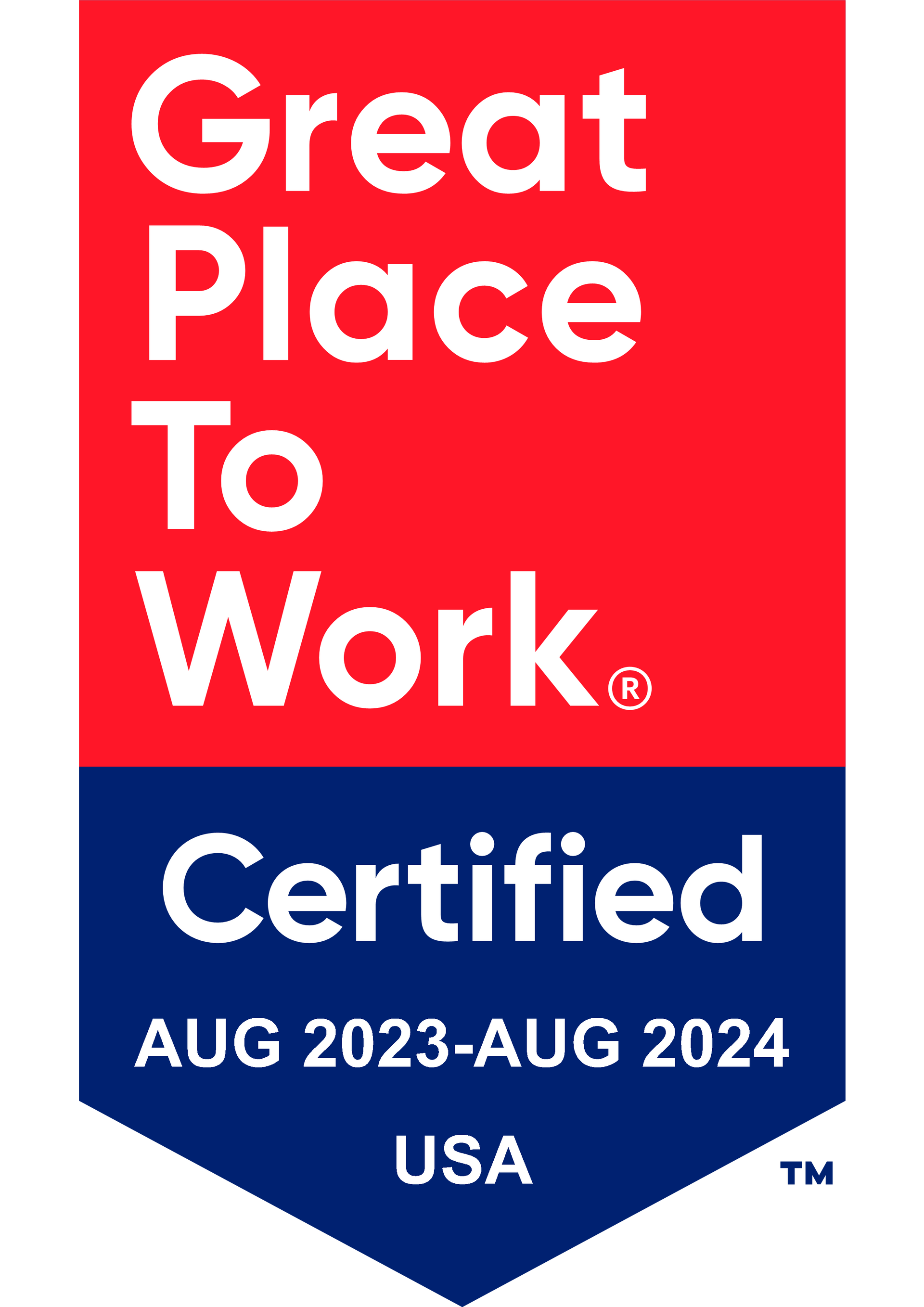Get in touch
408-366-8880
mymail@mailservice.com

How to Correctly Enact an "Actively-At-Work" Clause?

Many employer-sponsored group insurance plans include Actively-At-Work provisions. These provisions are included to help insurance carriers avoid the exploitation of benefits. This post defines “actively-at-work” and includes challenges employers face with such clauses, as well as how to correctly incorporate and adhere to them.
What Does “Actively-At-Work” Mean?
Actively at work, also referred to as active work or active employment, means an employee is performing all regular duties of their occupation at any of the established business locations of the employer, as well as any location the employee might be required to travel to for conducting employment duties.
Insurance plans, for the most part, will not begin covering employees until they are actively at work. On the flip side, once an employee’s employment is terminated, the employee is always deemed no longer actively at work.
Are Employees Considered “Actively at Work” When on Approved Leave?
An employee could be considered actively at work when absent due to health-related leave. Employees are also generally considered actively at work when on permitted leave, such as vacation and paid time off, as long as the employee would be able to perform their duties if at work. However, it’s important to understand the fine print of each insurance policy and how “actively at work” is defined to ensure you don’t unintentionally commit fraud or leave yourself and your employees unprotected.
How do “Actively at Work” Provisions Function?
Many group benefits, like medical insurance and life insurance, have actively at work provisions that define eligibility under the plan. Contracts, such as reinsurance contracts or stop loss contracts, also have actively at work clauses. These provisions are meant to define when and how long an employee is eligible for a specific benefit if something occurs that deems them not to be actively at work.
The length of time an organization can allow their employees that are not actively at work to remain on a group health plan differs between carriers. However, how the actively at work provisions are administered is typically similar across carriers. Insurers often audit eligibility upon a large death claim or medical claim through proof of employment, such as requesting payroll records or another form of verification.
What Are Possible Issues with “Actively at Work” Provisions?
It is common for employers to think they are doing their employees a favor when they allow them to remain on their group health plans after they’ve been diagnosed with a terminal or chronic health condition. Understandably, the employer faces a difficult decision in these situations when it comes to how to proceed in that they want to support the employee. In these situations, it isn’t uncommon for the employer to allow the employee to remain on their benefits programs even if they have no more time off or leave left and no longer meet the definition of actively at work. However, allowing the employee to remain on employer-sponsored benefit plans under these circumstances creates a huge liability for the business.
Let’s say your organization offers a fully insured medical plan and life insurance plan through Insurance Company A. The provisions of both plan’s contracts require employees to be terminated from the plan if they go more than six months without being actively at work, regardless of the type of leave.
You then have an employee, we’ll call her Amy, that’s diagnosed with a terminal brain tumor. Amy has exhausted all of her leave, and you choose to allow Amy to remain on your group medical plan and life insurance plan because you believe it is helping her. After all, her medical bills are costly, and she is single with no one else to help her with her expenses.
Eight months go by, and Insurance Company A finds out that Amy is not actively at work. As a result, your company’s failure to report the circumstances are deemed as a misrepresentation of a material factor or fraud, and the insurer cancels the insurance coverage retrospectively to the six-month mark.
Now, your company faces the liability of having to self-fund the full cost of coverage for Amy out of the company’s general assets. Further, the COBRA eligibility timeframe is exhausted since more than 90 days have elapsed, and under such circumstances, the insurer does not need to reinstate COBRA coverage for your employee. The timeframe for your employee to choose to port their life insurance has also passed. Additionally, your company might be required to cover the cost of the death benefit due to not correctly administering the group life insurance plan.
How Does HIPPA Impact “Actively at Work” Clauses?
The Health Insurance Portability and Accountability Act (HIPAA) is an effort to ensure that a person’s health information is protected and appropriately accessible. Since HIPAA only pertains to health insurance, HIPPA only applies to an employer’s group medical plans.
HIPAA includes a nondiscrimination rule that states that employers cannot “refuse to provide benefits because an individual is not actively at work on the day that the individual would become eligible for benefits.” In other words, if the actively at work clause denies access to the plan because of a health factor on the day the employee would otherwise have access to the plan, the provision is not allowed.
An actively at work provision would be HIPAA compliant under the following three scenarios:
1. The provision only requires employees to report for their first day of employment for coverage to begin. You hire Employee A to begin work on February 1 as a full-time employee. However, Employee A becomes ill with COVID on January 31 and therefore is not able to report to work until February 14. Your insurance plan has no waiting period, and employees satisfy the eligibility requirement on the first day they report to work. Though Employee A would have been granted benefits on February 1 if they would have reported as planned, they do not become eligible until they actually report to work, which is February 14 in this case.
2. The health plan considers the employee to be absent if actively at work for health coverage purposes. You hire Employee A who begins work on February 1. Your group health plan has a 90-day waiting period for eligibility, which Employee A satisfies on May 1. However, Employee A is in a car accident at the of April and is out of the office on May 1. Since Employee A’s absence is related to a health factor, you still enroll Employee A into the group health plan effective May 1.
3. The provision applies only to absences unrelated to a health factor. You hire Employee A who begins work on February 1. Your group health plan has a 60-day waiting period for eligibility, which the employee meets on April 1. However, April 1 falls on a day that the employee does not work, like a Sunday, so you enroll Employee A in coverage on April 2, instead, when they’re at work. The April 1 factor is not health-related, so it is permitted under HIPAA.
Key Takeaways
• Actively at work means an employee is performing all regular duties of their occupation at work.
• These provisions are meant to define when and how long an employee is eligible for a specific benefit if something occurs where they are no longer actively at work.
• An employee could be considered actively at work when absent due to health-related leave.
• Employees are generally considered actively at work when on permitted leave, such as vacation, as long as the employee would be able to sustain their duties if at work.
• Insurance plans don’t generally begin covering employees until they are actively at work and coverage is always terminated after employment is terminated.
• The length of time an organization can allow their employees that are not actively at work to remain on group health plans varies between carriers, though the administration is similar.
• HIPAA includes a nondiscrimination rule that dictates what an actively at work provision related to group health plans can and cannot include.
• When employers allow employees to remain on employer-sponsored benefit plans for longer than the actively at work clause permits, it creates a significant liability for the business.
What Is the Correct Way to Define and Implement an “Actively at Work” Clause?
Actively at work provisions can sometimes be confusing, so when in doubt, turn to your insurer, plan administrator, or insurance broker for guidance. Any of these individuals or groups will be able to communicate with you what the details of the contract say pertaining to being actively at work. They can also support you in helping your employees understand their rights and requirements under the plan, including how to transport or convert coverage when it is possible to do so.
If you have questions about your plans’ actively at work provisions, give KBI a call. Our team of brokers can support you in understanding your plan and how it works, as well as guide you for future plans.
Services
Latest Thinking



